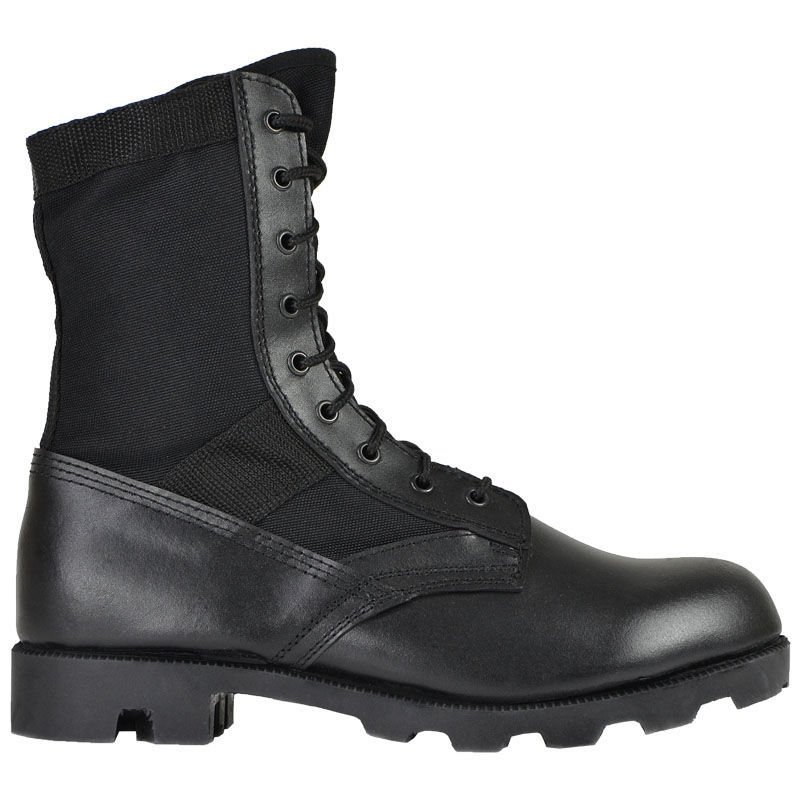

Actual design of alternative cartridges for the LMG did not begin until July 1971.

At this time, the nomenclature "Squad Automatic Weapon" (SAW) was introduced. Army finally approved development of an LMG, with no specified caliber. The earliest reference to studies of other caliber cartridges for the LMG did not appear until 1969. Studies of improved 5.56 mm ammunition, with better performance characteristics, began. In 1968, the Army Small Arms Program developed plans for a new 5.56 mm caliber LMG, though no funds were allocated (5.56 mm ammunition was viewed as underpowered by many in the armed forces). The Stoner 63 LMG saw combat for a brief period in Vietnam with the Marine Corps, and later on a wider scale with the U.S. While there was a brief flirtation with the concept of a flechette- or dart-firing Universal Machine Gun during one study, most light machine gun experiments concentrated on the Stoner 63 light machine gun, a modular weapon that could be easily modified for different purposes. Through the 1960s, the introduction of a machine gun into the infantry squad was examined in various studies. The Army decided that an individual machine gun, lighter than the M60, but with more firepower than the M16, would be advantageous troops would no longer have to rely on rifles for automatic fire. The 20-round and 30-round magazines of these weapons limited their sustained automatic effectiveness when compared to belt-fed weapons. Because the M14 and M16 rifles had not been designed with sustained automatic fire in mind, they often overheated or jammed. "Designated riflemen" in every squad were ordered to use their weapons on the fully automatic setting, while other troops were required to use their rifle's semi-automatic mode on most occasions to increase accuracy and conserve ammunition. The Browning automatic rifle (BAR), the army's main individual machine gun since its introduction in World War I, was phased out in 1957 with the introduction of the M14 rifle (which had a fully automatic mode). īoth firearms were very heavy and usually required a crew of at least two in order to operate efficiently.

The M60 was a more mobile general-purpose machine gun, intended to be carried by troops to provide heavy automatic fire. The M2 was a large-caliber heavy machine gun, usually mounted on vehicles or in fixed emplacements. Marine Corps' primary machine guns were the M2 Browning and M60. The M249 is often referred to as a " Squad Automatic Weapon" (SAW). Due to the firearm's weight and age, the United States Marine Corps began fielding the M27 Infantry Automatic Rifle, with plans to (partially) replace the M249 in USMC service in the future. M249s have seen action in major conflicts involving the United States since the U.S. The STANAG magazines should only be used in emergencies, however, due to their high malfunction rate. The SAW can be fed from both linked ammunition and STANAG magazines (such as those used in the M16 and M4), allowing the SAW operator to use them as a source of ammunition in case they run out of belts. The M249 is gas operated and air-cooled, it has a quick-change barrel (allowing the gunner to rapidly replace an overheated or jammed barrel), a folding bipod attached to the front of the gun (an M192 LGM tripod also being available). The M249 provides infantry squads with a high rate of machine gun fire, combined with the accuracy and portability of a rifle. The weapon was introduced in 1984 after being judged most effective (compared to a number of candidate weapons) to address the lack of automatic firepower in small units. The M249 is manufactured in the United States by the subsidiary FN Manufacturing LLC, a company in Columbia, South Carolina, and is widely used in the U.S. The M249 light machine gun ( LMG), also known as the M249 Squad Automatic Weapon ( SAW), which continues to be the manufacturer's designation, and formally written as Light Machine Gun, 5.56 mm, M249, is the American adaptation of the Belgian FN Minimi, a light machine gun manufactured by the Belgian company FN Herstal (FN). Iron sights or Picatinny rail for various optics M27 linked disintegrating belt, STANAG magazine


 0 kommentar(er)
0 kommentar(er)
